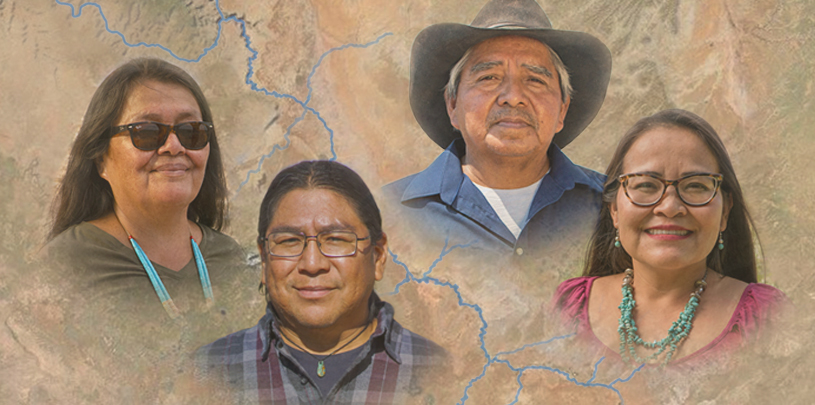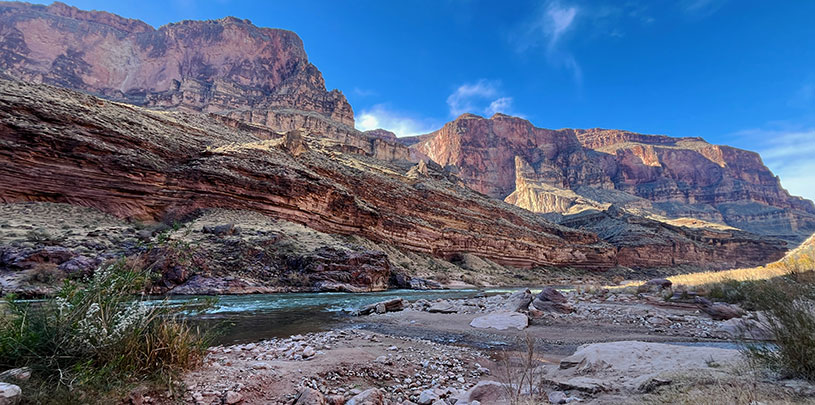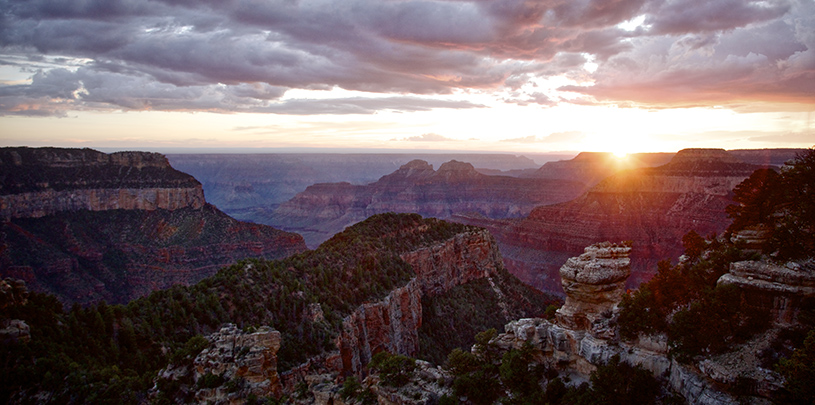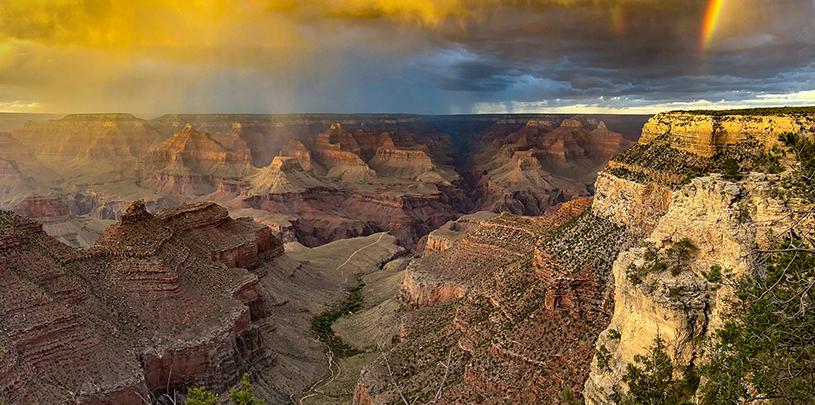 by Sarana Riggs, Grand Canyon Manager
by Sarana Riggs, Grand Canyon Manager
The Little Colorado River has been home to many for generations. It sustains all life forms, from its headwaters high in the White Mountains to the depths of the Grand Canyon. For much of its length, the Little Colorado River relies on snowmelt, runoff, and spring water from its tributaries. Turquoise or red, dry or flowing, the Little Colorado River gives life to plants, animals, and people in the Southwest.
Indigenous peoples have forever lived along the Little Colorado River. It connects White Mountain Apache, Zuni, Hopi, Navajo, Paiute, Havasupai, Hualapai, and many other tribes to each other and to the Grand Canyon. It has been said this river is like an umbilical cord that connects all to the emergence place of our Mother.
As our ancestors before us, we pray to waterways so they may provide food and sustenance to our communities and families.
Here, sheepherders, scientists, educators, farmers, artists, and activists share their personal and cultural connections to the Little Colorado River.
Read their words, listen to their stories, and watch them speak in Lifeways of the Little Colorado River ›
“Lifeways of the Little Colorado River” is a new collection of stories, videos, audio clips, and art that offers a glimpse of the river’s many faces.
- Bernadette Adley-SantaMaria and Ramon Riley, from White Mountain Apache, trace the Little Colorado River’s headwaters to their sacred mountain.
- Lyle Balenquah, a Hopi archaeologist, describes ancestral sites along the river.
- Dr. Herman Cody and Radmilla Cody, Diné (Navajo) musicians, sing about growing up along its banks.
- Jim Enote and Octavius Seowtewa, Zuni tribal members, talk about the Little Colorado River as a conduit for prayers.
- Delores Wilson-Aguirre, a Diné community organizer, shares what it was like to grow up herding sheep above the confluence.
- Franklin Martin, a Diné rancher and business owner, recalls hiking down the Salt Trail with his dad as a young boy.
- Dr. Karletta Chief lends her expertise on water challenges the Navajo Nation faces.
- Bennett Wakayuta describes his Hualapai connection to the Little Colorado River.
Since time immemorial, this river has been a place of physical and spiritual nourishment. It carries prayers, supports livestock, and provides medicines along its banks. The Little Colorado River is a corridor into the Grand Canyon to collect salt, minerals, and other ceremonial items.
With every storm, a little bit of the earth gets washed downstream, nourishing the lands and cultures through which it flows. For millennia, the river has endured alongside communities and all living creatures.




